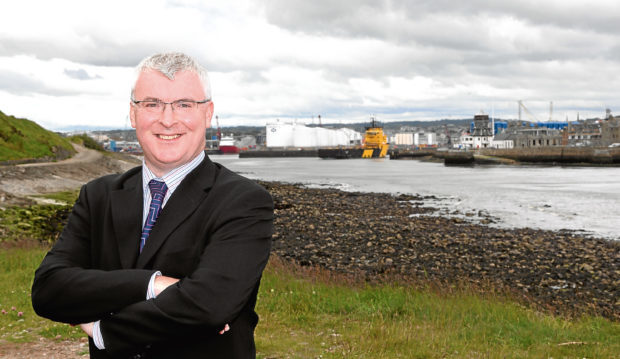A group of companies have come up with a new set of guidelines which could take the sting out of cable costs for offshore renewable energy projects.
The joint industry project (JIP) was created to address the use of guidelines which were taken from the oil and gas industry – and were therefore not appropriate for green energy developments.
Using the wrong guidelines can result in “overly conservative” designs and expensive stabilisation systems being recommended.
In some cases, the associated costs can kick the renewables project into the long grass.
Several companies and organisations − led by energy service giant Wood − and have spent the last year developing new guidelines which can improve understanding of subsea cable behaviour.
The new methodology, based on tests performed at the Oceanide test facility in the south of France, provides advice on assessing the stability of cables on rocky and non-smooth seabeds.
Bob MacDonald, chief executive of Wood’s specialist technical solutions business, said the project “really demonstrated the importance of industry collaboration”.
Mr MacDonald said: “Our findings have acknowledged that there were over-conservatism issues but by working together we have developed a new set of guidelines which will ultimately deliver significant improvement of costs for both operating expenditure and capital expenditure.”
Olivier de La Laurencie, St Nazaire offshore wind project director at EDF Energies Nouvelles, said: “We are proud to have initiated this JIP which is aimed at developing our knowledge of the subsea cable on-bottom stability, as it contributes to improve the competitiveness of the offshore wind sector.
“The project has provided a fair improvement on decreasing the level of the conservatism of the existing standards.”
RTE, Naval Energies, VBMS, LDTravocean, Bardot Group, Silec Cable (General Cable) and DNV GL were also involved in the project, which was called Cability: Cable On-bottom Stability.
A spokeswoman for Wood was unable to say by how much the new guidelines might lower budgets for offshore renewable energy projects.
She said the project showed that fewer, if any, external protection systems are needed to stabilise cables.
